When it comes to your fitness journey, workouts probably take the spotlight. You obsess over every set and rep, your progress on the scale, or your mile splits. Yet, the well-deserved rest from that hard work takes the back burner.
We get it. When you’re chasing after serious goals the last thing you want to do is slow down. Ironically, without proper recovery, the results you see from your fitness routine will be lacking.
Why? When you consistently train at a high level without proper rest and recovery it can lead to overtraining. Common symptoms of overtraining include fatigue, poor sleep, muscle aches, and heightened stress (1, 2)—all factors that can take away from workout performance.
Whether you’re training for the Olympics, your first 5K, or simply aiming to move your body more, how you recover matters. In fact, studies show there’s a very specific recovery protocol to maximize performance.
Below, find everything you need to know about recovery, from the best active recovery equipment for athletes and everyday gym goers to exactly how long and how often to recover for best results.
What is an Active Recovery Workout?
Active-recovery involves non-strenuous physical activity like walking, swimming, mobility exercises, or yoga. It’s typically performed on a day following a high intensity workout, and has a number of benefits including aiding your muscles in recovery.
How? Moving your body and increasing your heart rate boosts circulation—which in turn flushes toxins and metabolic waste (like lactic acid, which builds up in your muscles after a hard workout) out of your muscles (3), and delivers fresh blood and nutrients to help them repair and recover.
One study published in Sports Health suggests active recovery leads to better athletic performance and lower blood lactate values (a measure of faster blood lactate clearance and muscle recovery) than passive rest (4). Another found active recovery induces greater endurance adaptations in sprinters (5).
The psychological benefits of active recovery aren’t too shabby either. One recent review published in the Journal of Strength and Conditioning Research found that professional and collegiate athletes greatly benefit by taking a mental break from training, too (6).
How and When to Perform Active Recovery
In large part, how you approach recovery should be based on the state of your body and mind—your body will tell you when it’s time to tone it down.
If you’re tracking biometrics like heart rate variability, resting heart rate, and even simple things like effort and pace, pay attention to trends. If your performance is trending down, it’s time to step off the gas.
How you approach work and rest in your routine will also depend on your specific goals. Below, the major differences between cardio and strength-based programming for recovery.
For Endurance Athletes
One study published in the Scandinavian Journal of Medicine & Science in Sports determined that there is an ideal distribution of weekly workout intensity that maximizes both performance and recovery in endurance athletes. Researchers found athletes who completed 80% of their workouts in a low to moderate zone, and 20% in a high-intensity zone saw optimal adaptations (6).
A heart rate in the low to moderate zone is anything 70% of your max heart rate and below. Considering most of us can get there with a light jog on the treadmill or putting in some laps at the pool, most of your workouts should look quite a bit like active recovery if endurance is the goal.
The gold standard is low intensity steady state cardio (also known as LISS)—cardio done at a consistent low intensity (40-70% of your max heart rate) that can be maintained for a long period of time. LISS should feel comfortable, and can be done on any cardio machine—like the elliptical, rower, bike, or treadmill—or head outside for a walk or jog.
For Strength Athletes
There’s no specific protocol of active recovery for strength athletes. However, it is important to take at least 24 to 48 hours of rest to give your muscles time to recover and rebuild before working the same muscle groups again (7).
This doesn’t necessarily mean you can’t work out every day, but it does mean you’ll either need to alternate days of working different muscle groups (like upper body with legs), or if performing full body splits, space out your hard workouts with lower intensity days.
The focus on active recovery days should be finding activities you enjoy that put less demand on your muscles. That could look like low-intensity calisthenics—which puts less impact on your joints than heavy strength training—or LISS cardio.
For Both
Whether you lean towards cardio, strength training, or both, incorporating activities like yoga, mobility exercises, stretching, and foam rolling can be powerful for recovery, while simultaneously boosting performance. Your body thrives with a variety of all of the above.
Yoga and mobility work improve your strength through a full range of motion, which directly translates to better flexibility and form during your cardio and strength sessions. The TL;DR: you’ll move better.
What’s more, tight (overactive) muscles can pull on other muscles, ligaments, and joints up and down the kinetic chain which can lead to imbalances, pain, discomfort, and poor form during your workouts. Lengthening these muscles through regular stretching and working out knots and adhesions through foam rolling can help return these muscles back to their ideal length and reduce your risk of injury.
Best Active Recovery Equipment for Athletes and Regular Gym Goers
Whether you’re an athlete or participate in a regular training program, the tools you’ll need to perform active recovery workouts are the same. Here, the active recovery equipment to add to your cart ASAP.
Stretch Machine
Stretching is essential for relieving tight muscles. Try our stretching machine, which is perfect for nine different stretches that target the major muscle groups in your body. It’ll give you more control and range of motion for an even deeper stretch.
Yoga Mat
If yoga, stretching, or calisthenics are the name of your active recovery game, you’ll need a yoga mat. This mat is designed for fitness equipment, but our Sunny trainers love the XL size for even more workout space than your average yoga mat.
Vibration Platform
Circulation plays a huge role in muscle recovery. If you’re a fan of calisthenics, kill two birds with one stone on the Fitboard 4D Vibration Platform. Use it while performing bodyweight exercises, or beneath your feet while you’re lounging on the couch.
Elliptical Machine
When it comes to LISS cardio, nothing is easier than hopping on the elliptical and striding it all out. Pro tip: keep the resistance on low. Since the elliptical engages your entire body, with added resistance things can get pretty spicy pretty fast.
Indoor Cycling Bike
Pedal away. Cycling is a great low impact activity that gets your heart rate up. Alternate between periods seated on your bike and standing to get your core involved and improve balance and stability all in one go.
Recumbent Bike
Active recovery? More like Netflix and chill. A recumbent bike is perfect for mindless cardio. This one comes with an uber comfy chair, so let your sore and tired muscles sink in. Even better: throw your tablet on the console and stream your favorite show. Your workout will be over before you know it.
Walking Treadmill
Walking is one of the best forms of active recovery you can do. Of course, you can walk outside, but with inclement weather and ever-changing plans, a walking treadmill is easy to sneak under your desk or next to your couch so you never miss a session.
Incline Treadmill
If you’re more of a true athlete, you’ll benefit from a treadmill with built-in incline, and enough speed to get yourself in the right heart rate zone. This treadmill will get you there with 15 levels of incline, and speeds up to 9 miles per hour.
1. Singh, N. et al (2018). Heart rate Variability: An Old Metric with New Meaning in the Era of Using mHealth Technologies for Health and Exercise Training Guidance. Part Two: Prognosis and Training. https://www.ncbi.nlm.nih.gov/pmc/articles/PMC6304793/. Accessed 6 March, 2023.
2. Johnson, M. et al (1992). A Review of Overtraining Syndrome—Recognizing the Signs and Symptoms. https://www.ncbi.nlm.nih.gov/pmc/articles/PMC1317287/pdf/jathtrain00036-0066.pdf. Accessed 6 March, 2023.
3. Dupuy, O. et al (2018). An Evidence-Based Approach for Choosing Post-Exercise Recovery Techniques to Reduce Markers of Muscle Damage, Soreness, Fatigue, and Inflammation: A Systematic Review With Meta-Analysis. https://www.frontiersin.org/articles/10.3389/fphys.2018.00403/full. Accessed 6 March, 2023.
4. Hinzpeter, J. et al (2014). Effect of Active Versus Passive Recovery on Performance During Intrameet Swimming Competition. https://www.ncbi.nlm.nih.gov/pmc/articles/PMC3931336/. Accessed 8 March, 2023.
5. Yamagishi, T. et al (2019). Active Recovery Induces Greater Endurance Adaptations When Performing Sprint Interval Training. https://www.ncbi.nlm.nih.gov/pmc/articles/PMC6445608/. Accessed 8 March, 2023.
6. Selier, K. et al (2004). Quantifying Training Intensity Distribution in Elite Endurance Athletes: Is There Evidence for an Optimal Distribution. https://onlinelibrary.wiley.com/doi/full/10.1111/j.1600-0838.2004.00418.x. Accessed 8 March, 2023.
7. Timon, R. et al (2019). 48-Hour Recovery of Biochemical Parameters and Physical Performance After Two Modalities of CrossFit Workouts. https://www.ncbi.nlm.nih.gov/pmc/articles/PMC6786329/. Accessed 8 March, 2023.


















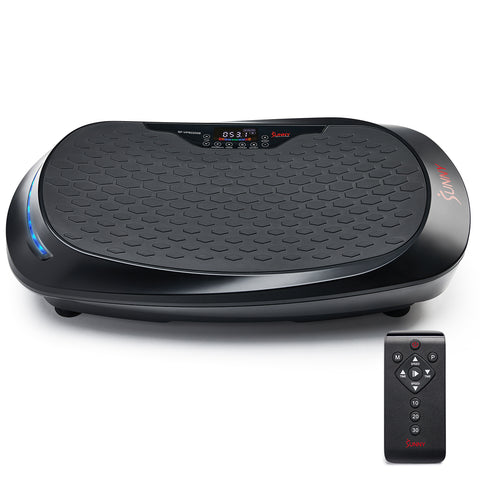
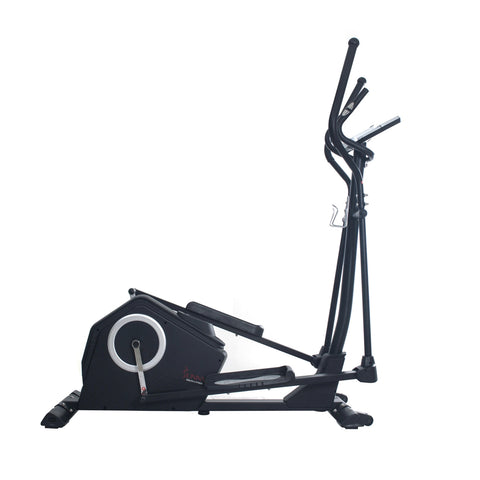
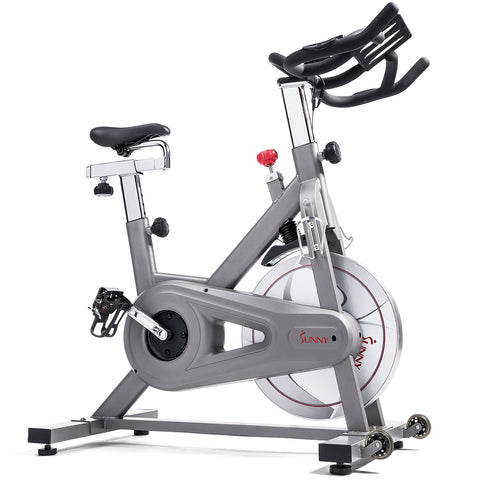




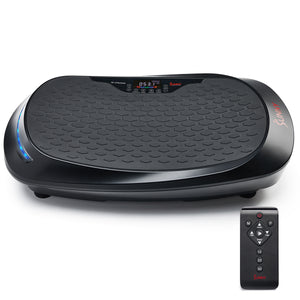
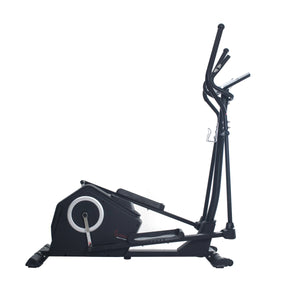








Add Your Name & Email
Please enter your name and email to continue.We won’t display your email publicly.